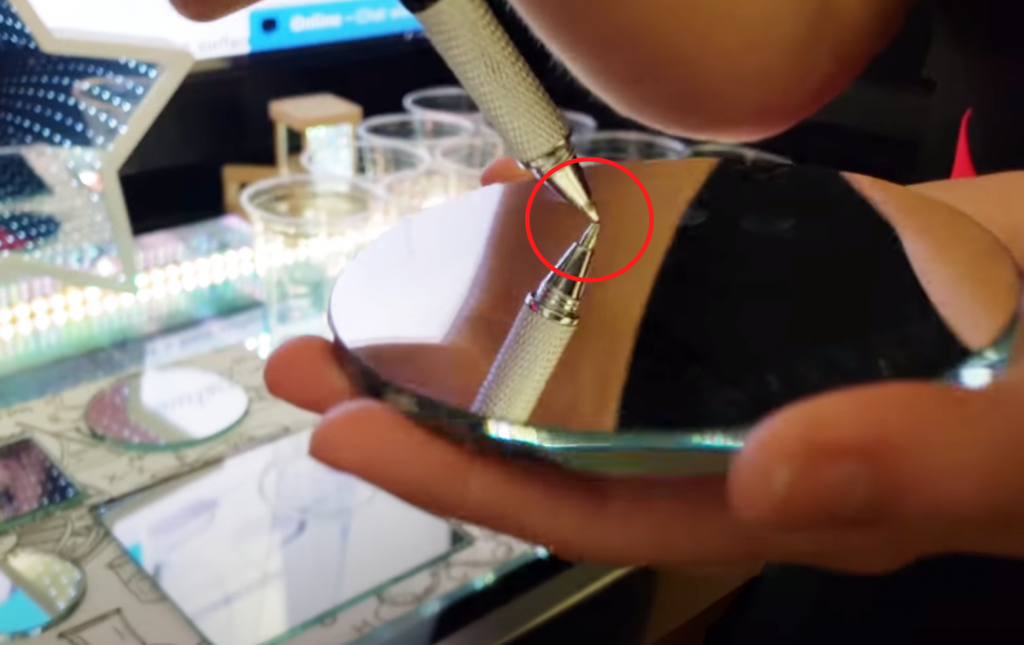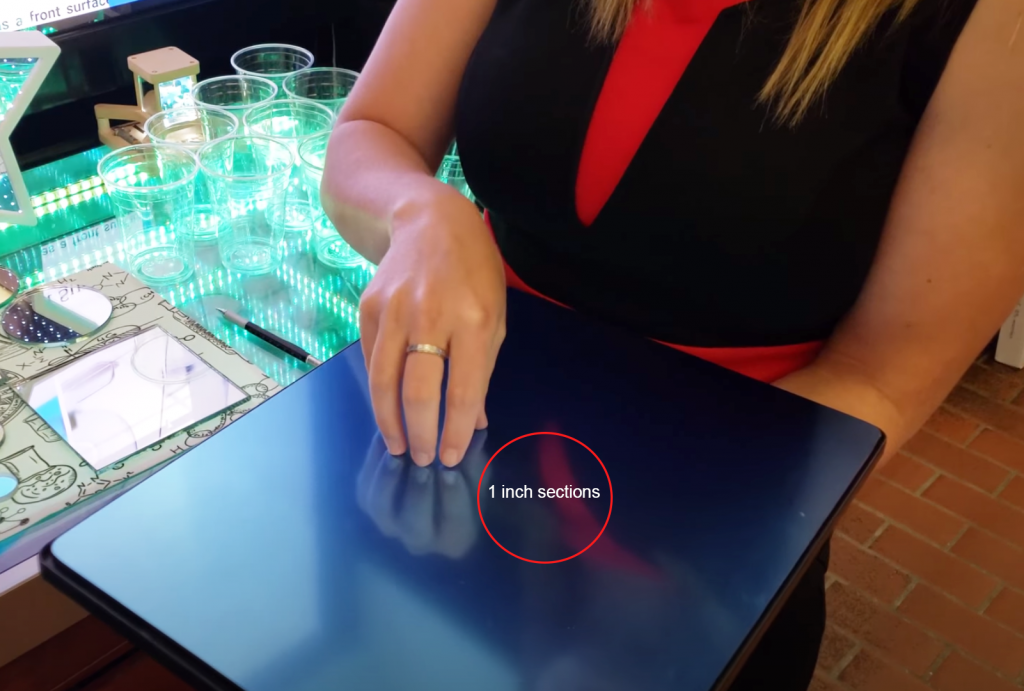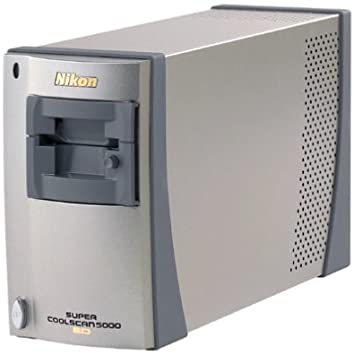This article shows you how to fix your Nikon CoolScan 5,000 ED Scanner with an easy mirror fix. Save yourself thousands!
A front surface mirror is actually the same thing as a first surface mirror.
The term “front surface mirror” gets its name from having the mirror coating on top of the mirror instead of the bottom like a standard mirror. In this guide, we’ll take you through what a front surface mirror looks like, its benefits, and how to detect the mirror side of a front surface mirror.

Notice how the pen meets its own reflection instead of having a gap. Also known as the “fingernail test”, this is an easy way to detect a front surface mirror which doesn’t really require any special tools. All you need to do is place your finger, a pen, or anything really up to the glass. If there is a gap between your finger and its reflection, that is not the front surface side. If the reflection is touching your finger then congratulations– you found the front surface side!
Mirror Types Offered on OpticalMirror.com
Standard Glass Front Surface Mirror
All of our mirror types have an enhanced aluminum coating and a dielectric protective coating on top. The main difference between our products will be the surface flatness.
Before we dive into detail about the types of glass, it’s essential to understand flatness and waves per inch. When the surface quality is checked, a circle is being inscribed around parts of the mirror to be tested for flatness.

On the 1 wave glass for example, they are inscribing a 1 inch circle around different parts of the mirror. That means that it has 1 wave of distortion per 1 inch circle on the glass. 1/4 wave glass is tested in a 6 inch circle and has 1 wave of distortion per 6 inches, which translates into the 1/4 wave flatness. The 1/8 wave is measured in a similar way as well.
The 1 wave glass is best for barcode scanning, binocular mounting, or really anything that’s going to involve a robotic part. If you’re doing a rear projection video, 1 wave glass would get the job done; HOWEVER, if you’re projecting onto a larger surface, you might want to upgrade to 1/4 or 1/8 wave flatness.
Chemically Strengthened Glass
This glass has a regular glass flatness, but it also has a bonus feature: its stronger!
Chemically treated glass is not the same as tempered glass, as tempered glass will distort the mirror. The chemically strengthened glass gives you a stronger glass while keeping the flatness of normal glass–kind of like the Clark Kent of glass.
UV Enhanced Glass
The UV enhanced glass is almost the same thing as the chemically strengthened glass, but it has one extra coating on it that allows high reflection in UV range. UV range is roughly 10 nano-meters to 450 nano-meters.
Traditionally the enhanced aluminum has a very low reflection in that UV range.
The type of glass you need depends on what project you’re going to be working on, so shop wisely!


Comments (0)